MRAM, Magneto-Resistive Random Access Memory, is a type of non-volatile memory (NVM) capable of holding saved data even if the power is down or the power is accidentally cut off. MRAM — also called Magnetic RAM — is not new. It has been in the market for more than two decades, but there have been several recent developments in the technology allows MRAM to be used successfully in specific emerging applications, as well as in not-so-new ones.
How does MRAM work?
MRAM technology is based on a component called Magnetic Tunnel Junction (MTJ) that consists of two ferromagnetic layers separated by an insulating layer. MRAM works by changing the resistance of an MTJ to store a logic 1 or a logic 0. The resistance of MTJ is dependent on the relative spin orientations of two ferromagnetic layers, and it can adopt two resistance values: high resistance or low resistance.
As an example, let’s look at Figure 1. One of the ferromagnetic layers of the MTJ, called the reference layer, keeps its magnetic direction fixed, while the other, called the free layer, can have its direction changed by using magnetic fields or by applying polarized currents. When both the reference layer and the free layer have the same direction, the resistance of the MTJ is low (a logic 0 is stored). However, if they have different directions, the resistance is high (a logic 1 is stored).
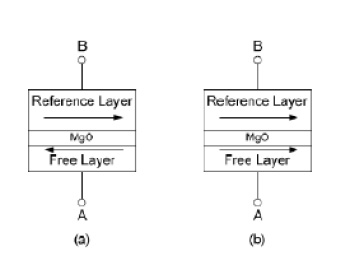
How did MRAM devices evolve?
The first generation of MRAM devices used a toggle mode technology, in which a magnetic field changes the electron spin to program/write bits. Toggle MRAM was easier to develop, but it is difficult to scale down. The current required to flip the bit does not decrease its value as the write lines get smaller and resulting in other challenges. Succeeding generations of MRAM devices started to use another method called Spin-Transfer Torque (STT) MRAM. SST MRAM uses a spin-polarized current to switch the spin of electrons and making it easier and cheaper scaling-down the devices.
But today, most STT MRAM devices in the market are using a perpendicular approach where electrons spin horizontally and change perpendicular to the plane (Figure 2). This perpendicular approach has the advantage of providing lower switching currents using smaller transistors and reducing power consumption resulting in enabling higher density memory products.
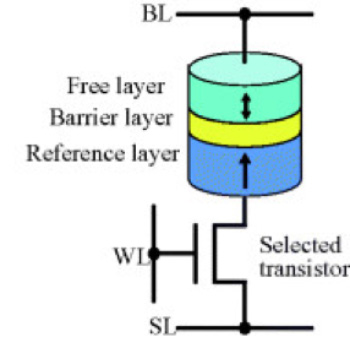
What are current and future STT-MRAM applications?
Current STT-MRAM devices already have the advantage of being faster and lower power than NVM flash memory devices. They also have the potential to compete against volatile memory devices such as SRAM and DRAM, not only because they could be faster but because they can be scaled-down even below 10 nm. This feature makes them even more attractive to embedded memory applications.
Just recently, a research group from Tohoku University announced ultra-small magnetic tunnel junctions (MTJs) down to a single-digit-nanometer scale that have sufficient retention properties and yet can be switched by a current.
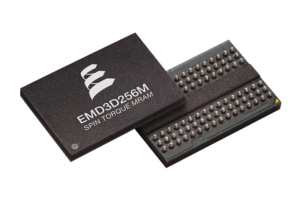
MRAM technology is commercialized in different ways (e.g., licenses and chips) from several companies such as Everspin and Spin Transfer Technologies. For example, Everspin is offering -within its MRAMS products- STT MRAM devices with a density of 256Mb (EMD3D256M) (Figure 3) targeted at enterprise and computing applications. On the other hand, Spin Transfer Technologies offers its unique Precessional Spin Current (PSC) technology that claims it will enable MRAM to replace SRAM and DRAM in mobile, datacenter and AI applications, as well as for improving retention and performance in high-temperature automotive applications.
Like many other technologies, STT-MRAM has its challenges and time will tell if STT-MRAM technology will replace SRAM or DRAM technologies. STT-MRAM technology has promising opportunities in microcontrollers and system-on-chips (SoCs) for automotive, the Internet of Things, and more. MRAM technology also has the potential to be implemented in massive mass storage systems for servers in financial technology (FinTech) applications enabling trading systems to be faster and more efficient without adding risks from compliance.

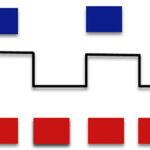
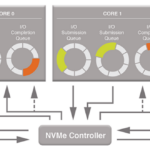
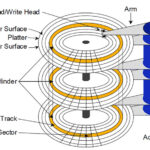
Will STT-MRAM be available to replace SRAM or DRAM in desk tops and/or laptops soon? It sounds like the perfect place to go next.
I would jump on it myself!
Can’t wait!